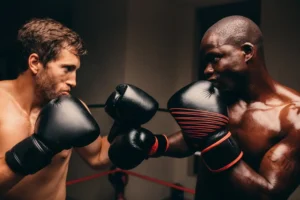So learning to hold a camera may sound a bit silly at first. But think about it, have you ever considered if you are holding your camera the correct way? Typically, we are so excited when our new camera arrives that we rarely think about the correct way to hold a camera. We just pick up our new favorite toy and start shooting.
However, it’s important to remember that the way you are holding the camera can highly affect how focused your images are. Blurry images arrive from two different situations. First, when the subject is moving quickly, which is out of our control. The only thing we can do to freeze the action of our subjects is to raise our shutter speed.
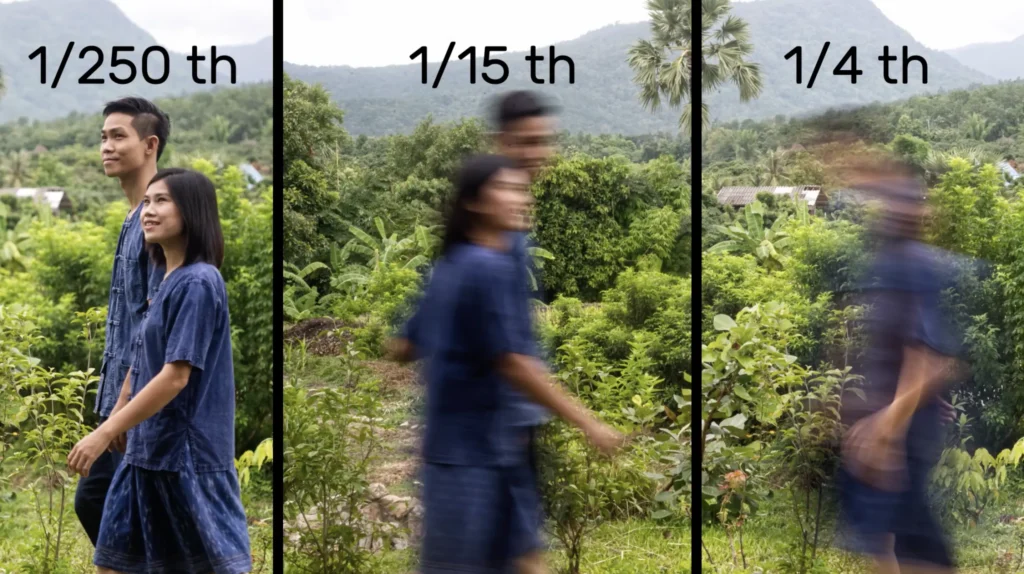
The second thing that affects the focus of your images is how you hold your camera. If you are not holding it correctly, you can end up with camera shake and blurry photos.
This article will teach you how to hold a camera properly and give you tips and tricks that you may not have thought of before. Let’s get started!
Contents
Before we go into the details, here is a quick visual guide to 7 essential techniques for holding your camera. This infographic provides an at-a-glance reference that you can return to anytime. Keep it handy as you explore each tip in more depth below.
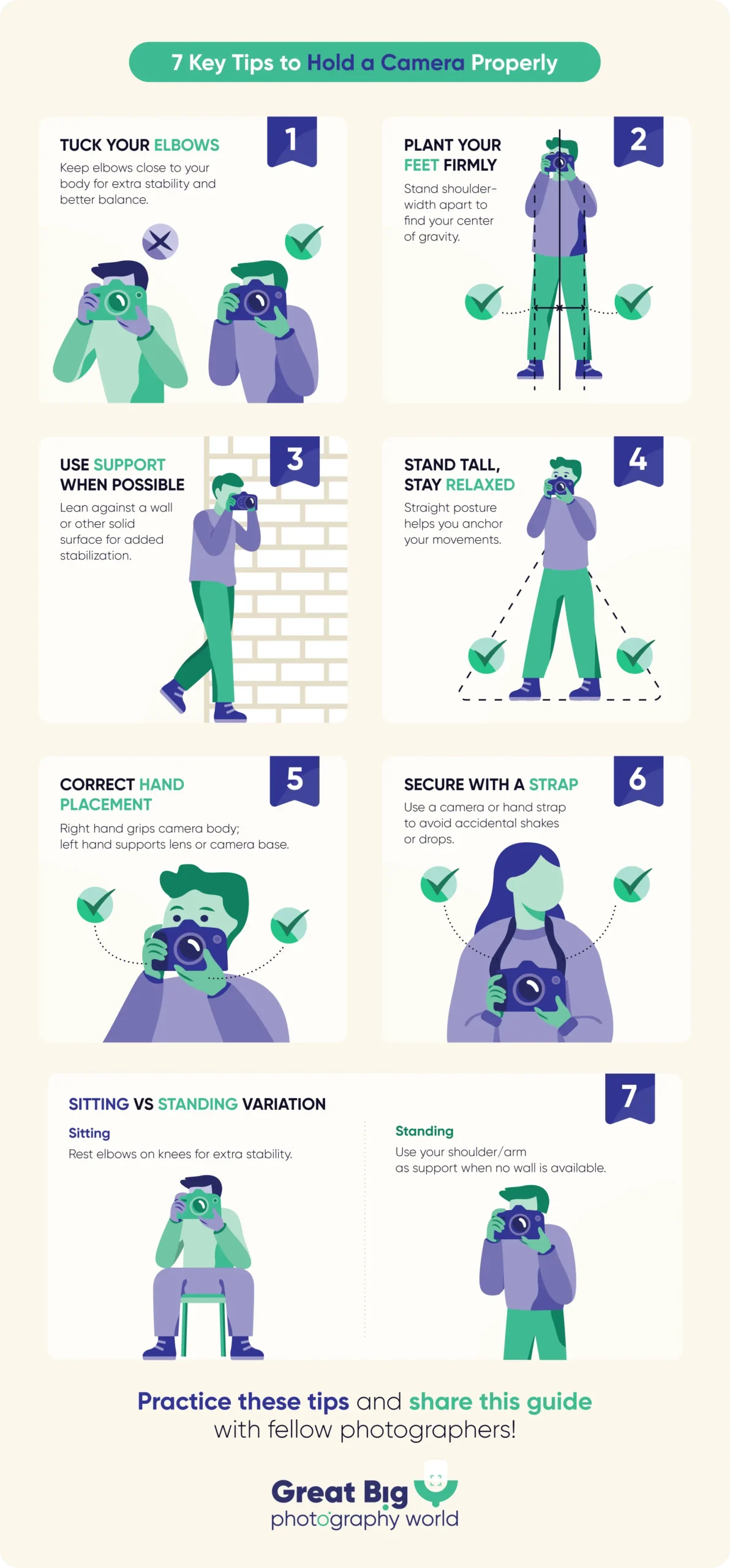
How to Hold a Camera
As mentioned above, the best way to avoid blurry photos is to adjust your shutter speeds. Also, investing in a tripod is a fantastic way to gain extra stability. But if you need to hold your camera, which is the case most of the time, certain techniques can help you do it the right way.
Here are our top 7 tips to give you more control over your
Watch our exclusive video:
1. Keep your Elbows Tucked
By holding your camera with your elbows tucked under and close to your body, you will be providing further support to balance your camera. I have often seen photographers shooting the wrong way by having their elbows sprawled out far from their body as they hold the camera. By keeping your arms close to your body, you stay in line with your center of gravity and stop yourself from swaying or moving at many different shutter speeds.
2. Place your Legs Body Width Apart
Just as I mentioned with your elbows, it’s important to keep your legs’ body width apart to help you find your center of gravity. This works whether you are holding a digital camera or a smartphone. By finding your center and a good position to stand in, you provide further stability and a more stable picture free from movement. You need to plant your feet firmly and flat if you want the best stability.

3. Lean Against a Supportive Surface
Another technique for holding a camera includes finding a supportive surface to lean against, such as a wall. By holding your camera close to a wall, you will gain a bit more stabilization. Make sure each hand is gripping the camera tightly, one underneath the camera as a support to the lens and the other on the side of the shutter release button.
4. Stand Up Straight
It doesn’t matter if you are shooting in low light or bright light. What matters is that you stand up straight with your feet acting as anchors as you rest your elbow down and grip your camera. As mentioned above, you will find your center of gravity once more by standing up straight.
5. Placement of Your Hands
Remember to use your right hand to grip the end of your camera. Your forefinger should be placed just above the shutter release while the rest of your hand and fingers are curling around the front of your camera. Most cameras come with some sort of grip, and you can place your right thumb in this area. Hold your camera with a strong grip, but not so strong that you feel shaky or unnatural.
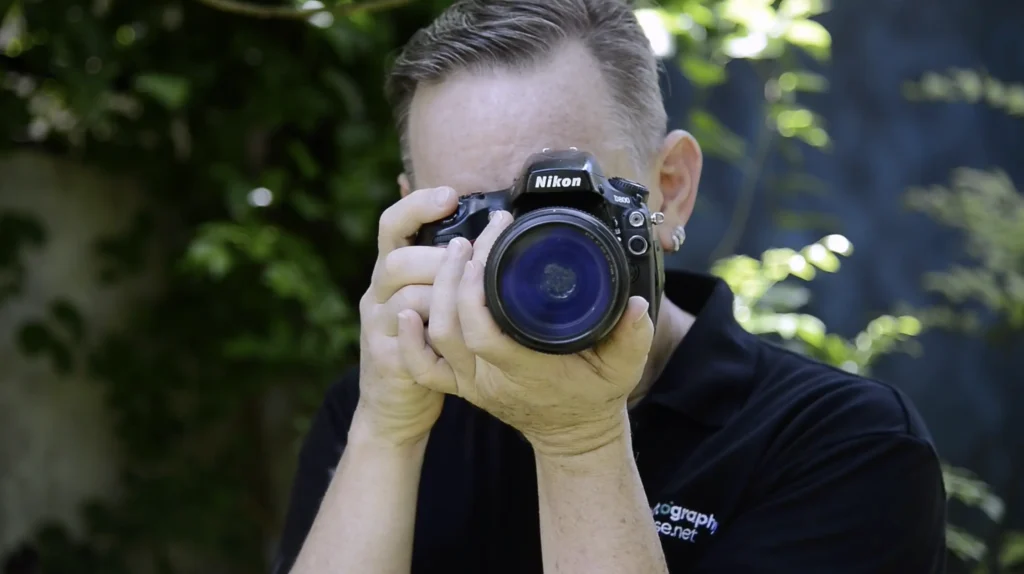
Next, position your left hand to support the weight of the camera or the lens. If you are shooting with small lenses like 50mm, your left hand will remain on the camera. However, if you are shooting with a telephoto lens, you will need to place your left hand as support under the lens. Depending on the length of your lens, how you use your left arm will vary.
6. Using a Camera Strap or Hand Strap
Investing in a quality camera strap will not only protect your camera from hitting the ground but also offer more control and help avoid camera shake. There are a variety of camera straps available on the market. Still, the most important aspect is that it wraps around your body and connects securely to the bottom of your camera.
Unlike the average camera strap, which wraps around your body, a camera hand strap only secures your hand to the camera. This will help keep your right hand wrapped around your DSLR as you point at your next subject.
7. Sitting vs Standing
There is a way to hold each properly, but in different ways. Think about these two differences when you try to steady your camera for your next shoot. Here are some recommendations used by pro photographers.
Sitting
If you have to get down low while you hold a camera, remember to sit flatly on your backside and also bend at the knees so your feet can be planted firmly on the ground. Lean into your knee and place your elbows on your knees to avoid camera shake. This is especially helpful when shooting at slower shutter speeds, giving you more control. You will see a difference in each image.
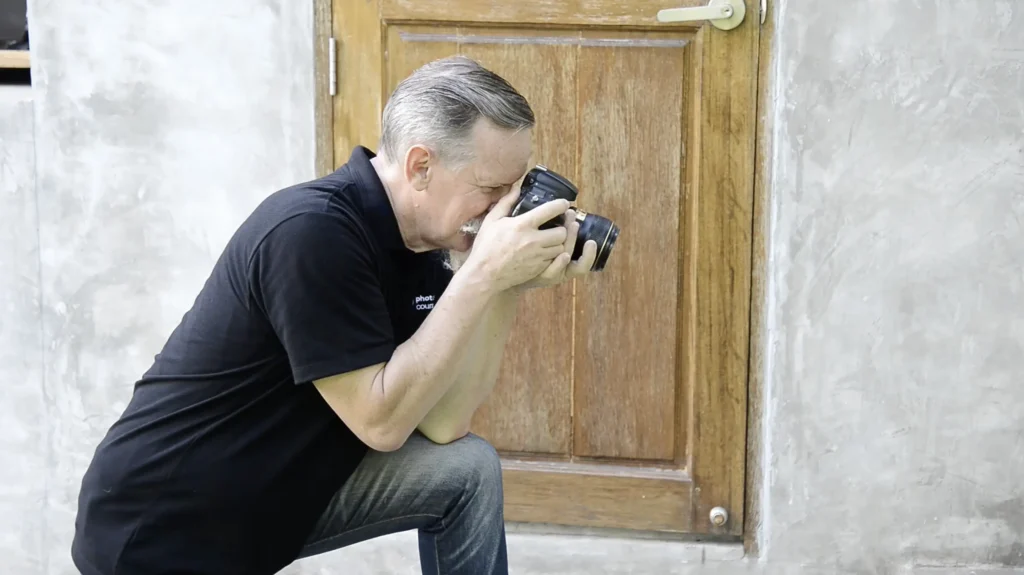
Standing
If you cannot find a wall to lean against, try holding the camera on your shoulder or arm. To do this, you need to bring your left arm around yourself and grip tightly around your right shoulder. Place your camera on the upper part of your left arm or shoulder.
If you have to shoot at a slow shutter speed but don’t have a tripod, this will greatly help you with camera shake. This is a great cheat tip for a steady grip. The only issue photographers have with this camera is that it limits your zoom and focus point control.
Portrait vs Landscape Mode
If you want to have better control over your images, it’s also important to consider how you hold your camera when shooting a vertical or horizontal image. As mentioned above, the most important thing to remember when taking a landscape shot is that your elbows are tucked tightly next to your body, and the camera is pressed firmly to your face for additional contact points.
When shooting in a vertical or portrait position, it can be more difficult to steady your camera. This is because one elbow is forced to be raised. But to reduce the issues with this, we recommend buying a battery grip that gives you faster access to your shutter release button. The battery grip from Nikon costs around $200.
Common Mistakes
Think about these common mistakes the next time you are holding the camera. These are the most common errors we see photographers making when they are holding a DSLR.
- Use a slow shutter speed while holding your camera. Anything below a 50th of a second needs more support or use of the camera shake techniques we listed below.
- Arms too far from your body. Always tuck your arms close to your sides.
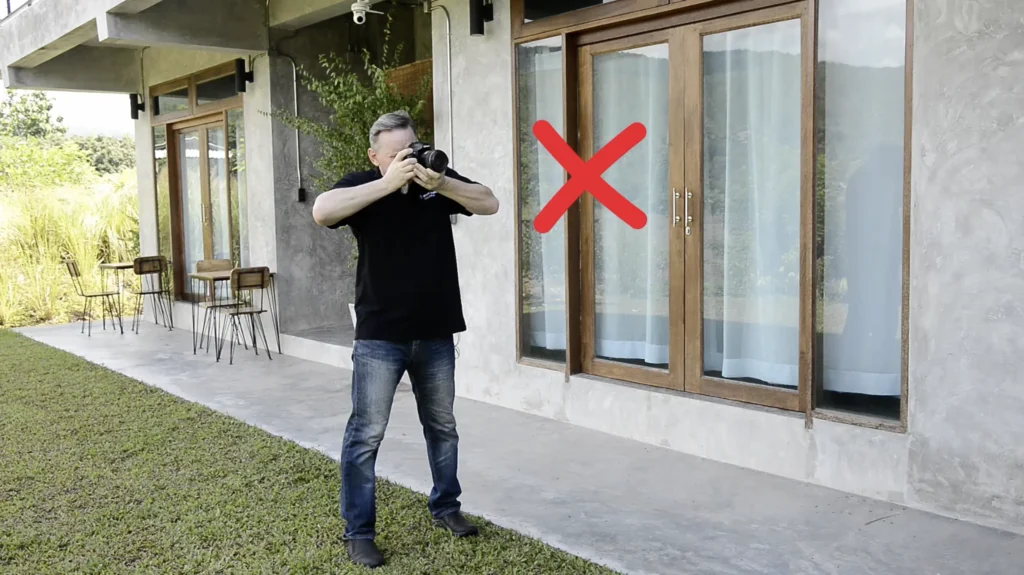
- Standing on your toes. If you are trying to reach a higher position, instead of standing on something else, your feet should always be planted firmly on the ground for the most control.
- Avoid camera shake by keeping a firm hold on your camera. Too many beginner photographers do not hold their cameras steady enough.
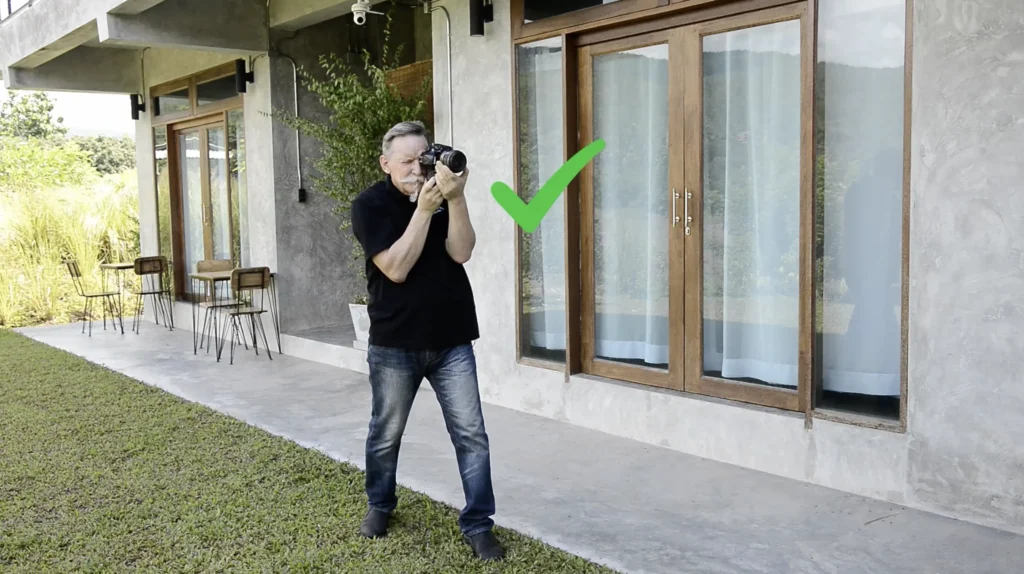
Conclusion
We hope you enjoyed this post, and we would love to hear from you in the comments section below if you have more tips and tricks to share for properly holding a camera! Comment below if you have more information on things you do to avoid blurry
Practice Exercise for Holding Your Camera
Description: The two goals of this exercise are to help you discover how to hold your camera steady and find the slowest shutter speed you can use without seeing blurring from camera shake in your photos.
Estimated Time: 30-45 minutes
Skill Level: Beginner-Intermediate
Tools and Supplies:
- Lens: Standard
- Camera with Shutter Priority mode
Conditions:
- Location: Outdoors
- Time: Any time of day
- Exposure Mode: Shutter Priority
- Focus Mode: Any
Instructions:
| Step 1: Set your camera to Shutter Priority. Choose a subject that is not moving. Start with a shutter speed of 1/250th of a second. Take a photo and then change the shutter speed to 1/125th, 1/60th, 1/30th, 1/15th, 1/8th, 1/4th, ½, and 1 second, taking a photo of the same subject at each shutter speed. |
| Step 2: Repeat the exercise with the same or another non-moving subject. This time, lean against a wall or something steady. |
| Step 3: Now try the exercise again with a moving subject. You could stand beside the road and photograph passing cars or have a friend walk past you a few times. |
| Step 4: Look at your results and compare them. What was your slowest shutter speed in each of the first two exercises where your subject is still sharp? Remember this. Try to improve it. Don’t choose a slower shutter speed than this for static subjects; otherwise, they will not be sharp due to camera shake. |
| Step 5: You may be able to hold your camera more steady in warmer weather. In cold weather, when you are shivering, you will need to take more care. |




